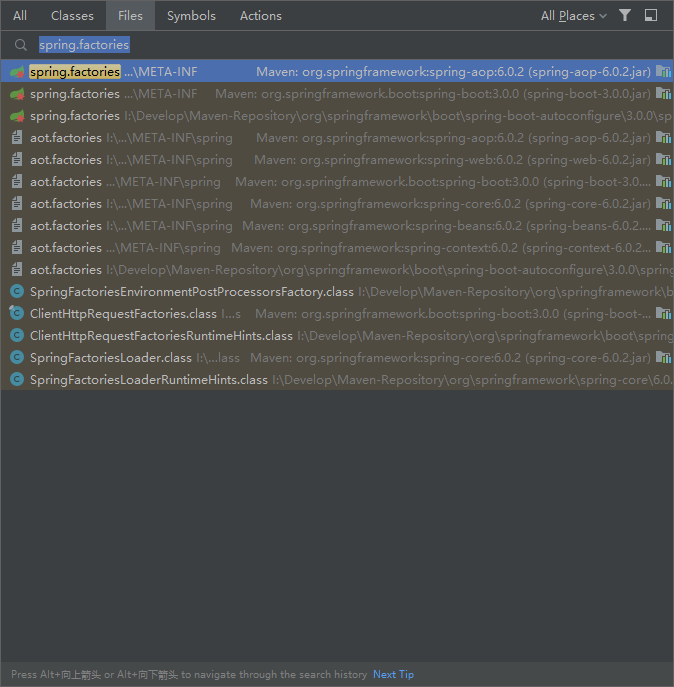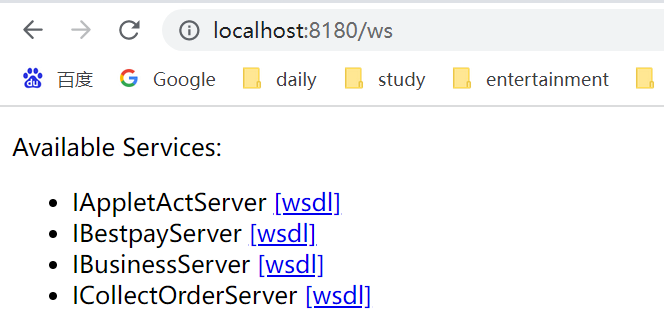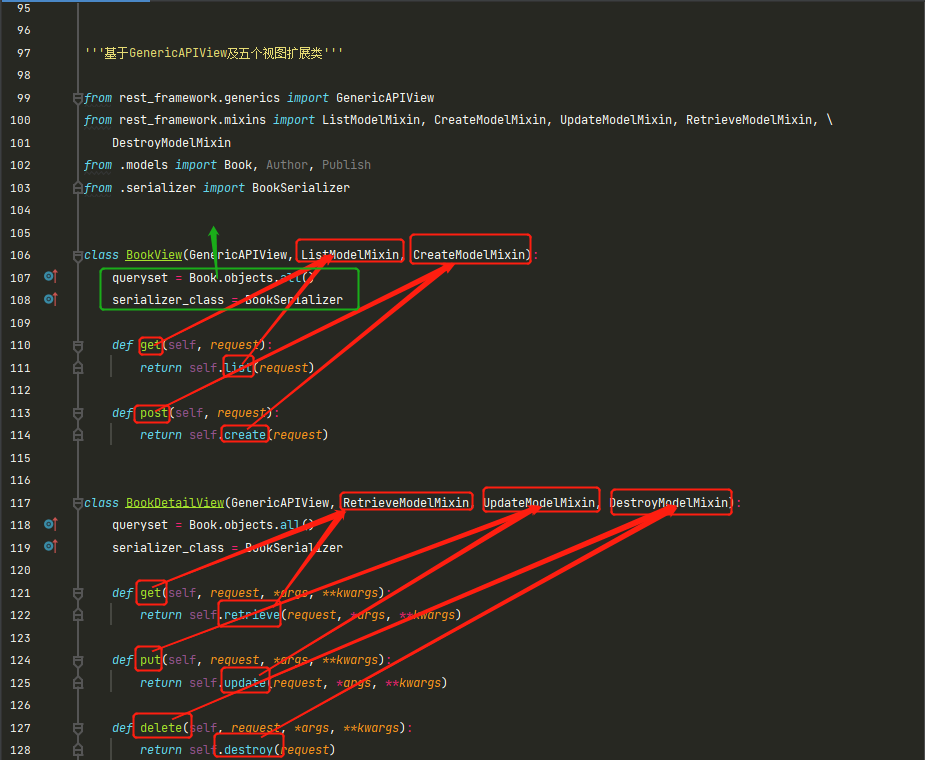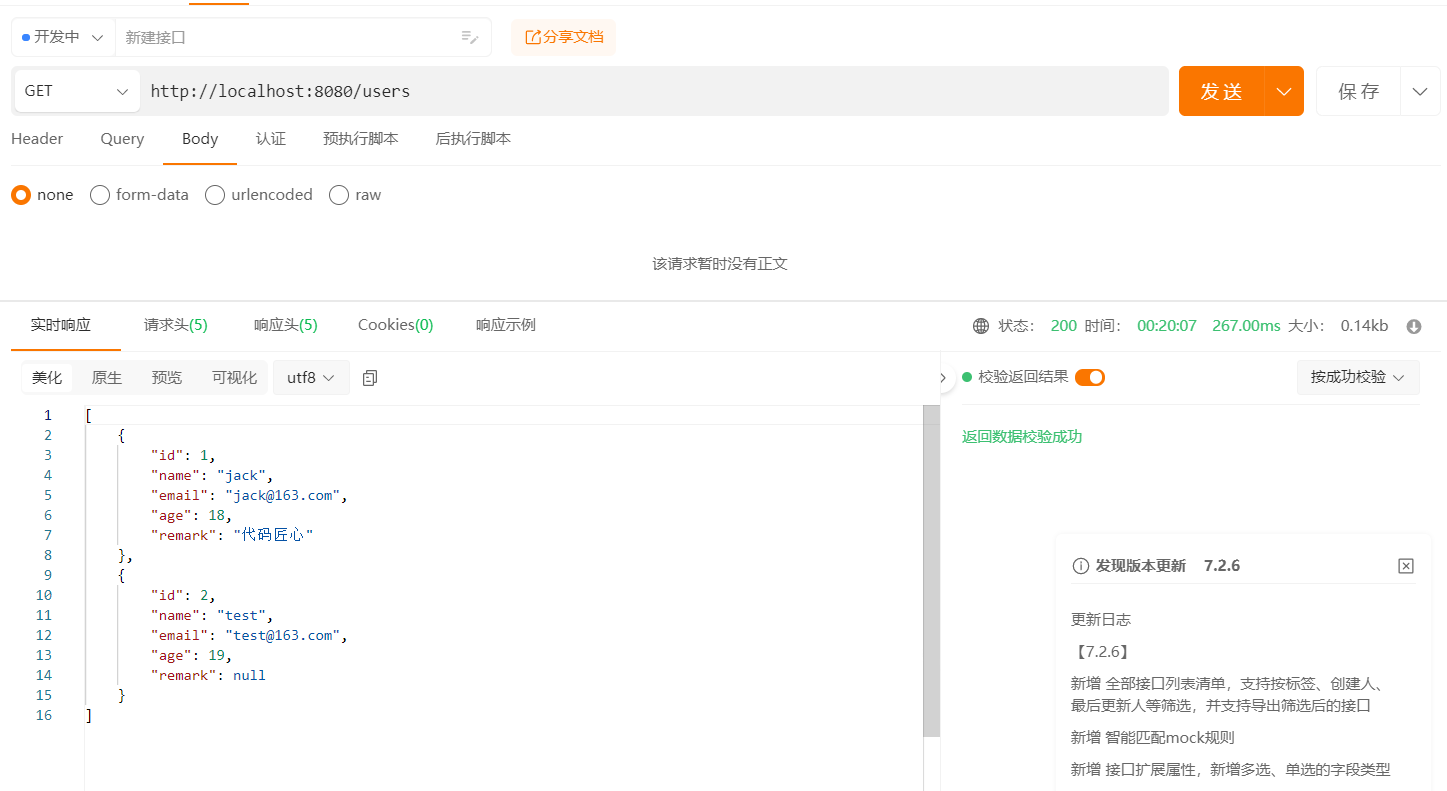对于数据访问层,无论是 SQL 还是 NoSQL,SpringBoot 默认采用整合 Spring Data 的方式进行统一处理,添加大量自动配置,屏蔽了很多设置。引入各种 xxxTemplate,xxxRepository 来简化我们对数据访问层的操作。对我们来说只需要进行简单的设置即可。
一、整合基本的 JDBC 与数据源
【1】引入 jdbc starter [spring-boot-starter-jdbc] 和 MySQL 驱动。
1 <dependency> 2 <groupId>org.springframework.boot</groupId> 3 <artifactId>spring-boot-starter-data-jdbc</artifactId> 4 </dependency> 5 <dependency> 6 <groupId>mysql</groupId> 7 <artifactId>mysql-connector-java</artifactId> 8 <scope>runtime</scope> 9 </dependency>
【2】在 application.yml 中配置数据源相关信息:
1 spring: 2 datasource: 3 username: root 4 password: 123 5 url: jdbc:mysql://127.0.0.1:3306/jdbc 6 driver-class-name: com.mysql.jdbc.Driver
【3】测试:默认使用的是 org.apache.tomcat.jdbc.pool.DataSource 作为数据源。数据源的相关配置都在 DataSourceProperties 里面。自动配置原理:org.springframework.boot.autoconfigure.jdbc 包中的 DataSourceConfiguration,根据配置创建数据源,默认使用 Tomcat 连接池;可以通过 spring.datasource.type 指定自定义数据源类型;SpringBoot 默认支持一下数据源:DataSource、HikariDataSource、BasicDataSource。用户也可以自定义数据源:如下可知是通过 build 创建数据源的。利用反射创建 type 类型的数据源,并绑定相关属性。
1 @ConditionalOnMissingBean({DataSource.class}) 2 @ConditionalOnProperty( 3 name = {"spring.datasource.type"} 4 ) 5 static class Generic { 6 Generic() { 7 } 8 //通过 build 创建数据源的。利用反射创建 type 类型的数据源,并绑定相关属性。 9 @Bean 10 public DataSource dataSource(DataSourceProperties properties) { 11 return properties.initializeDataSourceBuilder().build(); 12 } 13 }
【4】 第二个比较重要的类 DataSourceAutoConfiguration 自动配置类中的 dataSourceInitializer 继承了 ApplicationListener。
1 public class DataSourceAutoConfiguration { 2 private static final Log logger = LogFactory.getLog(DataSourceAutoConfiguration.class); 3 4 public DataSourceAutoConfiguration() { 5 } 6 7 @Bean 8 @ConditionalOnMissingBean 9 public DataSourceInitializer dataSourceInitializer(DataSourceProperties properties, ApplicationContext applicationContext) { 10 return new DataSourceInitializer(properties, applicationContext); 11 } 12 //...... 13 } 14 15 class DataSourceInitializer implements ApplicationListener<DataSourceInitializedEvent> { 16 //...... 17 }
DataSourceInitializer 的两个主要作用:①、运行建表语句;②、运行操作数据的 sql语句;
1 //运行建表语句 2 private void runSchemaScripts() { 3 List<Resource> scripts = this.getScripts("spring.datasource.schema", this.properties.getSchema(), "schema"); 4 if(!scripts.isEmpty()) { 5 String username = this.properties.getSchemaUsername(); 6 String password = this.properties.getSchemaPassword(); 7 this.runScripts(scripts, username, password); 8 9 try { 10 this.applicationContext.publishEvent(new DataSourceInitializedEvent(this.dataSource)); 11 if(!this.initialized) { 12 this.runDataScripts(); 13 this.initialized = true; 14 } 15 } catch (IllegalStateException var5) { 16 logger.warn("Could not send event to complete DataSource initialization (" + var5.getMessage() + ")"); 17 } 18 } 19 20 } 21 //运行操作数据的 sql语句 22 private void runDataScripts() { 23 List<Resource> scripts = this.getScripts("spring.datasource.data", this.properties.getData(), "data"); 24 String username = this.properties.getDataUsername(); 25 String password = this.properties.getDataPassword(); 26 this.runScripts(scripts, username, password); 27 }
【5】进行数据表创建时,默认只需要将文件命名为:schema-*.sql;进行数据操作时,默认只需要将文件命令为:data-*.sql;如果自定义sql 文件时,可以在 application.yml 中通过如下方式指定sql文件位置:传入的是一个 list 列表
1 spring: 2 datasource: 3 schema: 4 - classpath: student.sql
【6】JdbcTemplateAutoConfiguration 自动配置类给容器中注入了 JdbcTemplate 组件,帮组我们操作数据库。
1 @AutoConfigureAfter({DataSourceAutoConfiguration.class}) 2 public class JdbcTemplateAutoConfiguration { 3 @Bean 4 @Primary 5 @ConditionalOnMissingBean({JdbcOperations.class}) 6 public JdbcTemplate jdbcTemplate() { 7 return new JdbcTemplate(this.dataSource); 8 } 9 }
【7】高级配置:使用 druid 数据源,首先需要引入依赖:
1 <!-- https://mvnrepository.com/artifact/com.alibaba/druid --> 2 <dependency> 3 <groupId>com.alibaba</groupId> 4 <artifactId>druid</artifactId> 5 <version>1.1.10</version> 6 </dependency>
【8】在 yml 配置文件中加入 Druid
1 spring: 2 datasource: 3 username: root 4 password: 123 5 url: jdbc:mysql://127.0.0.1:3306/jdbc 6 driver-class-name: com.mysql.jdbc.Driver 7 type: com.alibaba.druid.pool.DruidDataSource
二、整合 Mybatis 数据源(注解版)
【1】创建项目:选中 web、mybatis、mysql 和 jdbc 模块的 starts;在 pom.xml 中会发现 mybatis 与 springboot 的整合依赖:这个依赖并不是以 spring-boot 开始的,说明并不是 spring 提供的依赖,而是由第三方 mybatis 提供的依赖包;
1 <dependency> 2 <groupId>org.mybatis.spring.boot</groupId> 3 <artifactId>mybatis-spring-boot-starter</artifactId> 4 <version>2.1.1</version> 5 </dependency>
【2】定义个接口类,用来操作目标表的增删改查:通过 @Mapper 表示该接口类是一个 Mybatis 的 Mapper 类,通过增删改查注解 @Select @Update @Insert @Delete 对数据表进行操作;
1 //指定这是一个操作数据库的 mapper 2 @Mapper 3 public interface DepartmentMapper { 4 5 @Select("select * from department where id=#{id}") 6 public Department getDeptById(Integer id); 7 }
【3】通过 Controller 层调用 Server 继而调用 Mapper 对数据完成操作:
1 @Controller 2 public class DepartmentController { 3 4 @Autowired 5 private DepartmentMapper mapper; 6 7 @GetMapping("/dept/{id}") 8 public Department getDeptById(@PathVariable("id") Integer id){ 9 return mapper.getDeptById(id); 10 } 11 }























